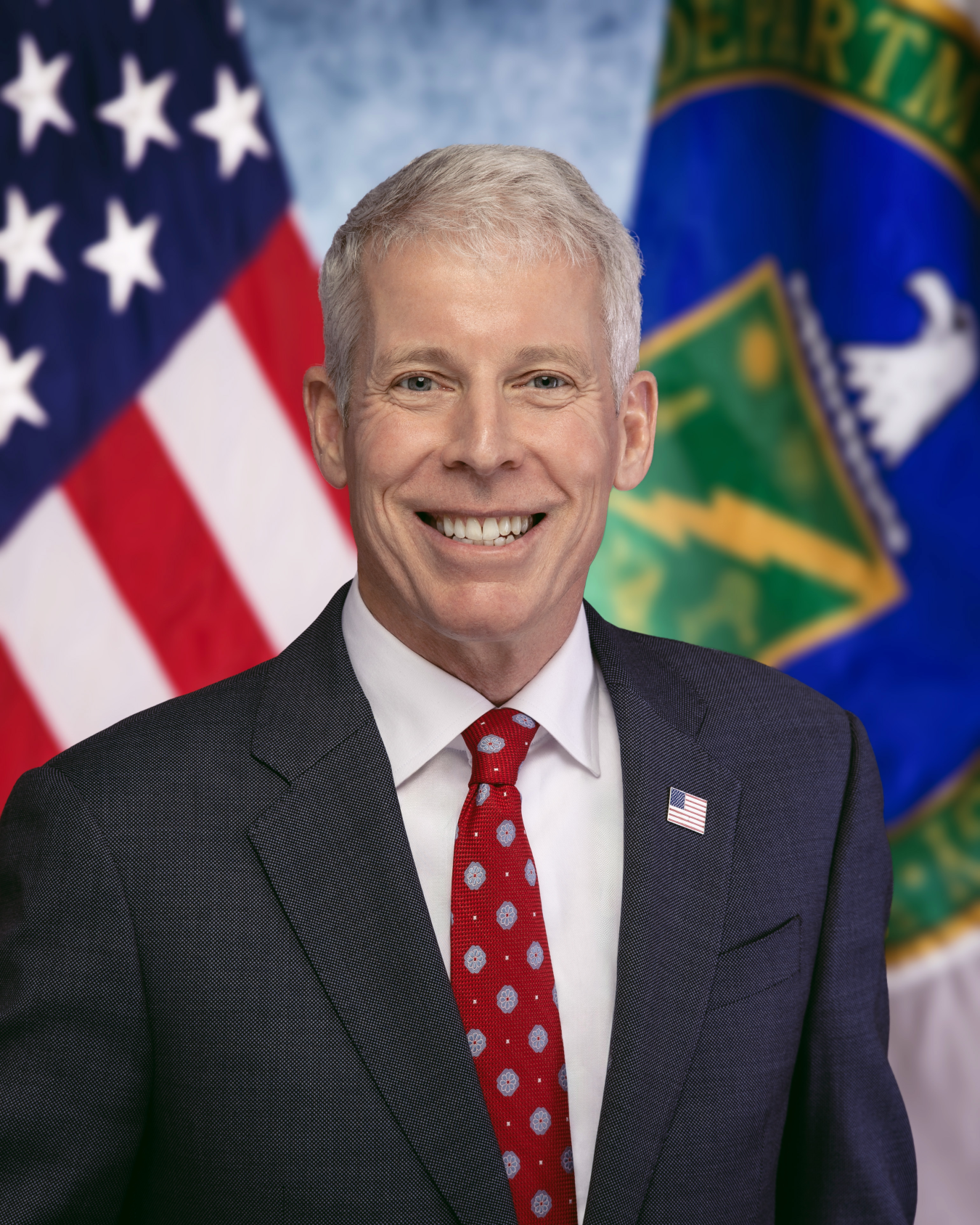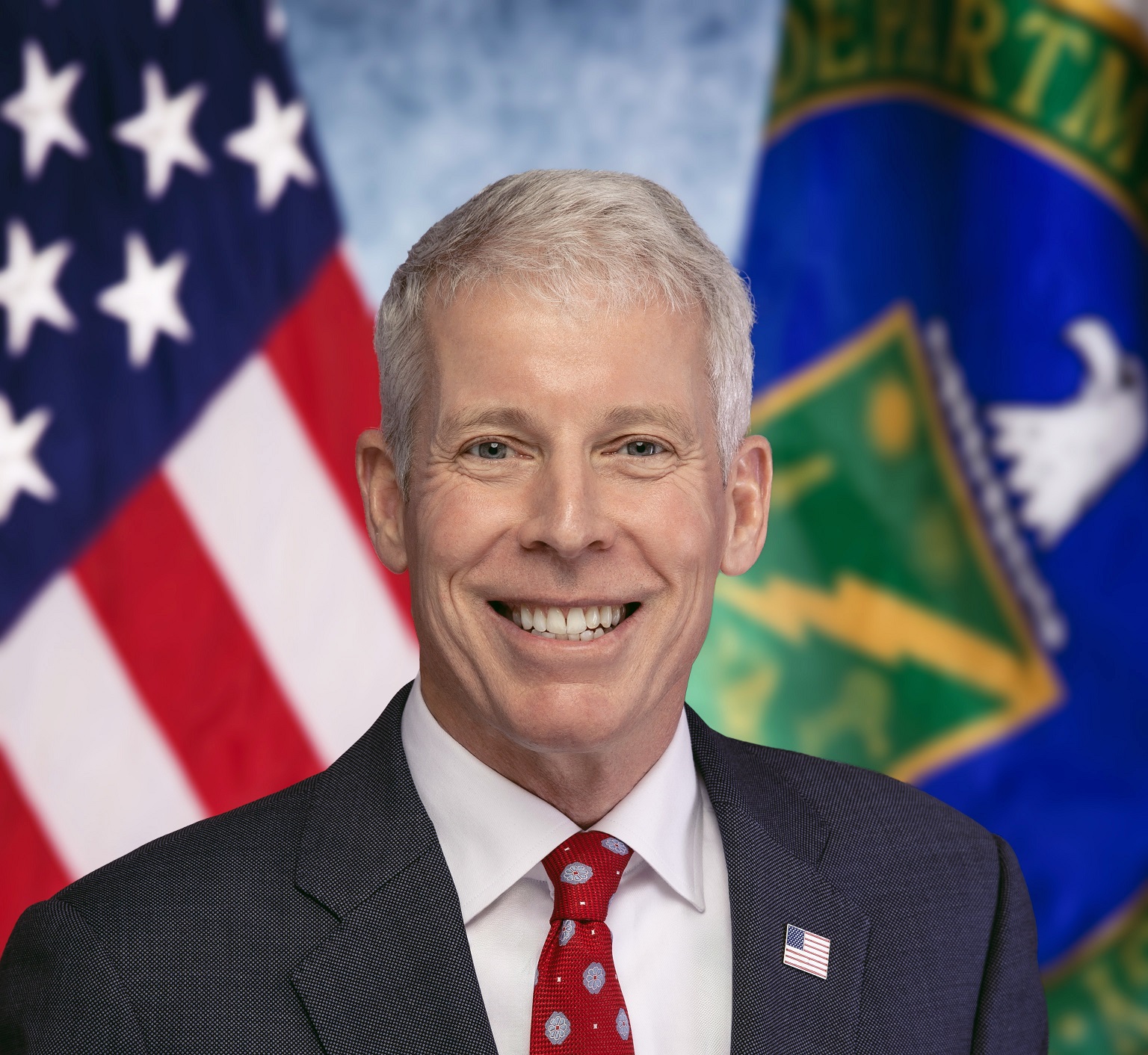Subsidies are meant to drive prices down and boost supply. But subsidizing wind and solar has done exactly the opposite.
June 28, 2025Chris Wright
Secretary, U.S. Department of Energy

Chris Wright is the 17th Secretary for the U.S. Department of Energy. A self-described energy nerd turned entrepreneur, Chris is a dedicated humanitarian with a passion for bringing the benefits of energy to every community in the world. This passion has inspired a career in energy, working not only in oil and gas but nuclear, solar, and geothermal. As Secretary of Energy, Chris is focused on unleashing American energy dominance, accelerating innovation and advancing all energy sources that are affordable, reliable and secure for the American people.
Chris completed an undergraduate degree in Mechanical Engineering at MIT and graduate work in Electrical Engineering at UC Berkeley and MIT. He founded Pinnacle Technologies and served as CEO from 1992 to 2006. Pinnacle created the hydraulic fracture mapping industry, and its innovations helped launch commercial shale gas production in the late 1990s. Chris was Chairman of Stroud Energy, an early shale gas producer, before selling to Range Resources in 2006. Most recently, Chris served as Chairman and CEO of Liberty Energy, where his team helped to expand the shale revolution to include oil as well as natural gas. Chris has also participated in an effort to apply shale technology to unlock next-generation geothermal and helped to launch small modular reactors.
Chris was nominated by President Trump to serve as the 17th Secretary of Energy on November 16, 2024 and confirmed by the U.S. Senate on February 3rd, 2025. He grew up in Colorado and currently lives in Washington, D.C. with his wife, Liz. He is a passionate father, grandfather, skier, cyclist, climber, and outdoor enthusiast.
June 27, 2025
"How the Big Beautiful Bill will lower energy costs, shore up the electric grid — and unleash American prosperity"
By Chris Wright
How much would you pay for an Uber if you didn’t know when it would pick you up or where it was going to drop you off? Probably not much.
Yet this is the same effect that variable generation sources like wind and solar have on our power grids.
You never know if these energy sources will actually be able to produce electricity when you need it — because you don’t know if the sun will be shining or the wind blowing.
Even so, the federal government has subsidized these sources for decades, resulting in higher electricity prices and a less stable grid.
. . .
President Donald Trump knows what to do: Eliminate green tax credits from the Democrats’ so-called Inflation Reduction Act, including those for wind and solar power.
The One Big Beautiful Bill seeks to do that: Along with other proposals, like canceling billions in Biden Green New Deal money and making much-needed investments in the Strategic Petroleum Reserve, it aims to set an aggressive end date for these subsidies and build on the president’s push for affordable, abundant, and secure energy for the nation.
. . .
As Secretary of Energy — and someone who’s devoted his life to advancing energy innovation to better human lives — I, too, know how these Green New Deal subsidies are fleecing Americans.
Wind and solar subsidies have been particularly wasteful and counterproductive.
One example: The Renewable Electricity Production Tax Credit was first introduced in 1992, when wind energy was a nascent industry. This tax credit, originally set to phase out in 1999, was sold on a promise of low-cost energy with fewer tradeoffs.
Since 1999, the REPTC has been extended a whopping 12 times, yet consumers continue to pay more on average for their home electric bills than in 1992, even after adjusting for inflation.
Plus, today, more than 75% of US electricity comes from natural gas, nuclear and coal — and they supply it 24/7, independent of the weather.
. . .
At 8 p.m. on Inauguration Day, amid bitter cold across much of the Eastern seaboard, we reached peak demand for electricity in the mid-Atlantic region. At that point in time, PJM Interconnection, which supplies the Mid-Atlantic United States, got approximately 44% of its power from coal, 24% from natural gas, 25% from nuclear, 3% from oil, 3% from wind, 1% from hydro and 0% from solar.
Think about that: When Americans most needed dependable power to heat their homes and businesses to stay alive, solar and wind were non-factors.
Our homes, hospitals and businesses only continued to operate because there was enough reliable, baseload energy from natural gas, coal and nuclear available to meet demand.
How valuable is a teammate who occasionally shows up for practice but is never there at game time?
And the more we load our grid with intermittent generation, the worse the grid performs during times of maximum stress and demand.
Subsidies are meant to drive prices down and boost supply. But subsidizing wind and solar has done exactly the opposite.
. . .
Bottom line: higher costs. Indeed, wind and solar subsidies not only cost taxpayers but also force providers to add more dispatchable resources to the grid, at their expense.
These costs are then passed on to ratepayers.
In other words, more wind and solar brings us the worst of two worlds: less reliable energy delivery and higher electric bills.
It’s time to stop subsidizing such insanity in perpetuity. If sources are truly economically viable, let’s allow them to stand on their own, and stop forcing Americans to pick up the tab if they’re not.
Read the full article here
###





